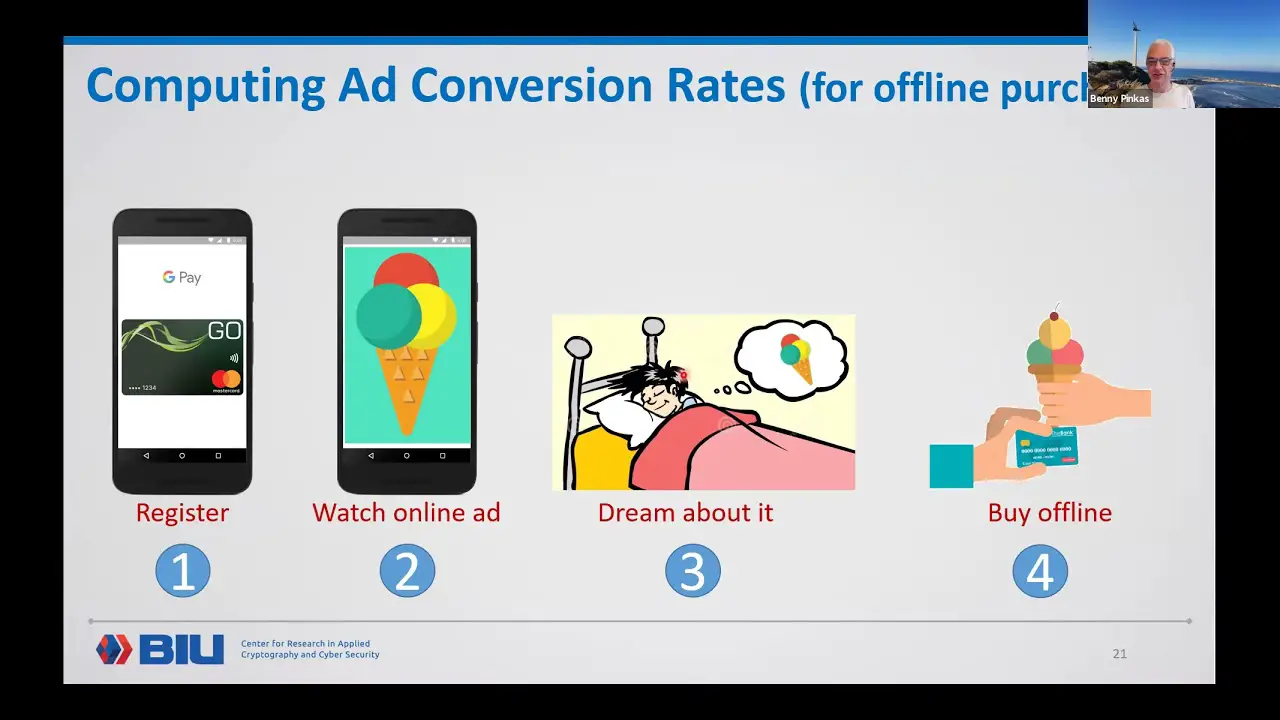The Intersection Of Reverse Engineering And Machine Learning

Executive Summary

Reverse engineering and machine learning are two rapidly evolving fields that are increasingly coming together. Reverse engineering involves understanding the design and functionality of a system by studying its components and relationships. Machine learning, on the other hand, is a branch of artificial intelligence that allows systems to learn and improve from experience without being explicitly programmed.

The intersection of these two fields has led to the development of new techniques that provide insights into complex systems, detect anomalies, and make predictions. Reverse engineering can help machine learning algorithms to derive more meaningful representations of data, while machine learning can be employed as a tool for reverse engineering.
Introduction
Reverse engineering is the process of taking an existing system and breaking it down into its constituent parts in order to understand its design and functionality. This information can then be used to build a new system that is similar in function to the original system, but is perhaps more efficient or less expensive to build. Machine learning is the process of training a computer to learn from data, so that it can make predictions about future data. This information can then be used to make decisions or solve problems.
Synergy Between Subfields
1. Automated Feature Extraction
- Reverse engineering: Decompose complex systems into simpler modules.
- Machine learning: Explain complex systems by detecting patterns from interactions.
- Synergy: Enable automated feature extraction and identification.
2. Data Augmentation
- Reverse engineering: Analyze and understand underlying principles of data generation.
- Machine learning: Expand datasets by creating synthetic data to improve performance.
- Synergy: Allow data augmentation methods to produce more realistic and informative data.
3. Interpretability and Explainability
- Reverse engineering: Provide insights into causal relationships and mechanisms.
- Machine learning: Develop models with improved transparency and interpretability.
- Synergy: Enable the combination of reverse engineering techniques to improve interpretability of ML models.
4. Knowledge Transfer
- Reverse engineering: Extract knowledge from existing designs or systems.
- Machine learning: Transfer learned knowledge to new domains or tasks.
- Synergy: Facilitate knowledge transfer and reuse across different systems and domains.
5. Anomaly Detection and Root Cause Analysis
- Reverse engineering: Uncover underlying mechanisms responsible for failures.
- Machine learning: Detect anomalies and identify root causes through pattern recognition.
- Synergy: Enhance root cause analysis and fault detection.
Conclusion
Reverse engineering and machine learning are two powerful technologies that can be used together to solve a wide range of problems. They can be used to understand complex systems, detect anomalies, make predictions, and build new systems. The synergy between these two fields is leading to new and innovative ways to improve our understanding of the world around us.
Keyword Phrase Tags
- reverse engineering
- machine learning
- artificial intelligence
- data analysis
- complex systems

The most important: the response must be in the SAME LANGUAGE as the original text (text between “=====””).
I’m not sure what you’re asking for. Can you please clarify?
I think this is a great article! Reverse engineering and machine learning are two powerful technologies, and combining them can lead to some really amazing results. I’m excited to see what the future holds for this field.
This article is full of jargon and technical terms. I can’t even understand what it’s talking about. Can you please dumb it down for me?
I don’t agree with the author’s conclusions. I think that reverse engineering and machine learning are actually two very different technologies, and that combining them doesn’t really make sense.
I’m not sure I understand the point of this article. Reverse engineering and machine learning are two very different technologies. I don’t see how they could be used together.
This article is a load of hooey. Reverse engineering and machine learning are nothing more than buzzwords. They don’t actually do anything useful.
I’m not sure why you’re so skeptical about this article. Reverse engineering and machine learning are two very powerful technologies. I think it’s only a matter of time before we see them being used together to create some amazing things.
This is a great article! I’m really interested in learning more about reverse engineering and machine learning. Do you have any resources that you could recommend?
I’m not sure I agree with the author’s conclusions. I think that reverse engineering and machine learning are actually two very different technologies, and that combining them doesn’t really make sense.
I’m not sure what you’re trying to say. Can you please clarify?
This is a great article! I’m really interested in learning more about reverse engineering and machine learning.